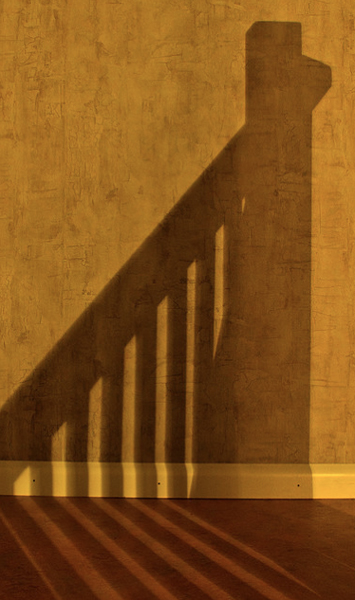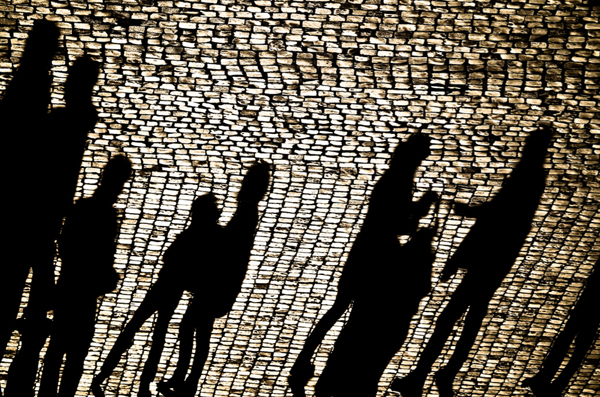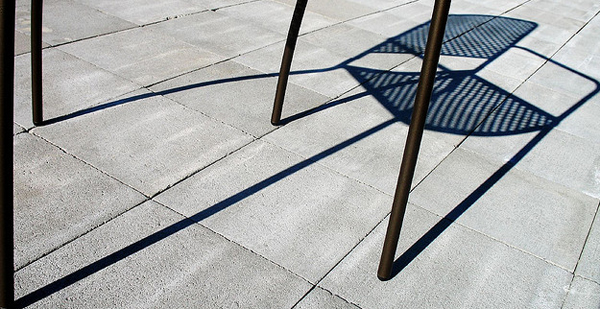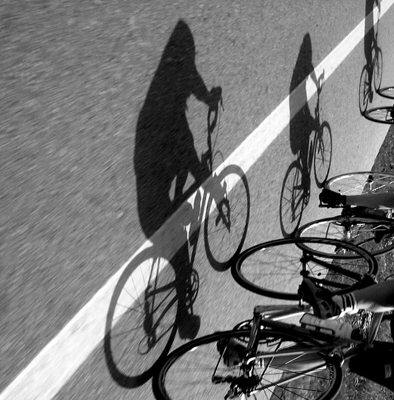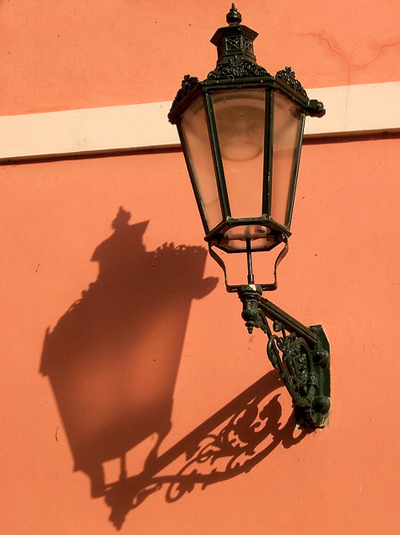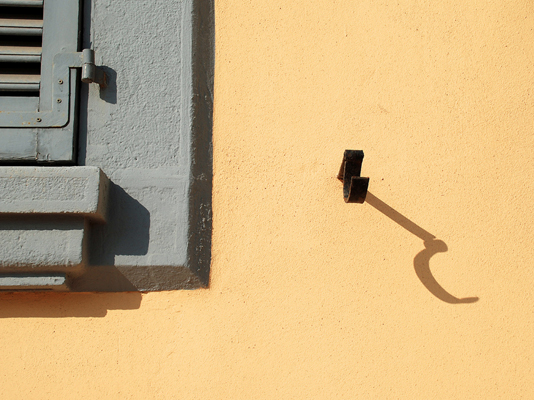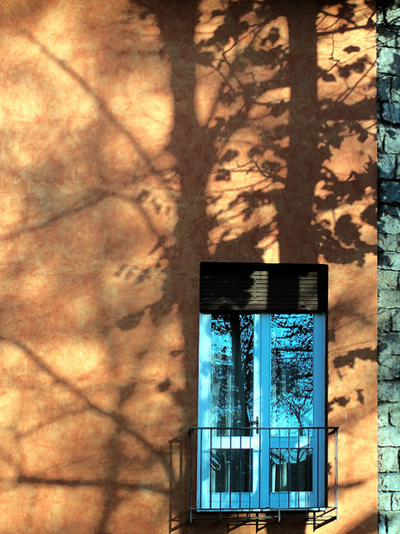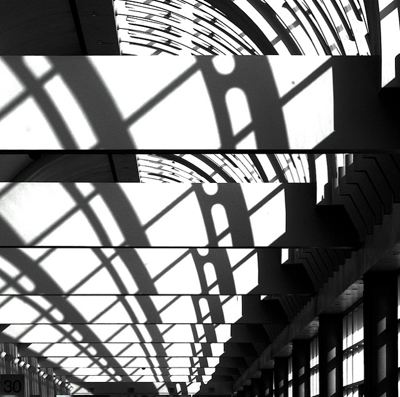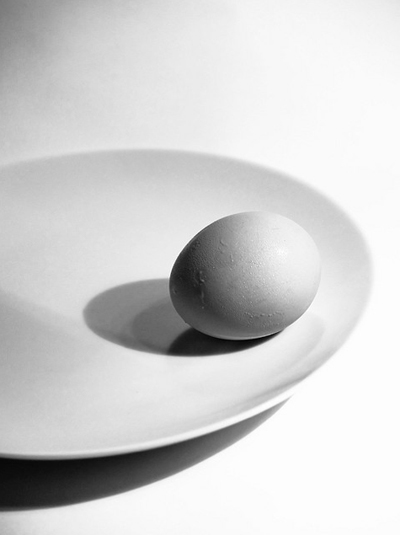If a shadow presents itself into your shot, sometime taking advantage of it can make a better composition than avoiding it. They can make amazing lines, angles and a deeper narrative in a well composed space. Here are some examples of shadow photography and how they can be used enhance the subject.
Use the shadow as the main subject of the photograph. You can do this by arranging the elements in the shot so that the shadow takes on a more prominent place in the composition. It could be that the shadow is a more interesting shape than the more obvious subject in the space.
Distort the shadow in the photograph to create more impact and drama. This effect can also add more inner meaning to the shot with it bending and manipulating the space. It can make ordinary people seem more interesting and a boring space seem more unique. Play with where you stand with the camera in different locations to increase this effect by being in different angles of the sun.
Shadows are also a great composition element that can be used to add contrast to bright colors. It can even help them stand out from each other through the use of black. Shadows will also add depth to flat walls or spaces and bring enhancement to small details.
Shadows are also a great way to add a unique touch to otherwise stiff architecture and abstract shapes. Especially in black and white, dark shadows can be so simple but so effective in stretching the space and adding angles and additional, overlapping lines to the composition.
Using shadows does not need to be complex or over-thought in terms of a compositional element. It does not need to be created or enhanced in most cases. It is more a matter of taking advantage of the unique lighting and subject matters that present themselves to you. The lines can be simple and soft. Think about them enhancing what you already have in front of you. How can the two complement each other and add meaning to each other? Shadows can be a great way to show directional lighting but also depth to your shots!

